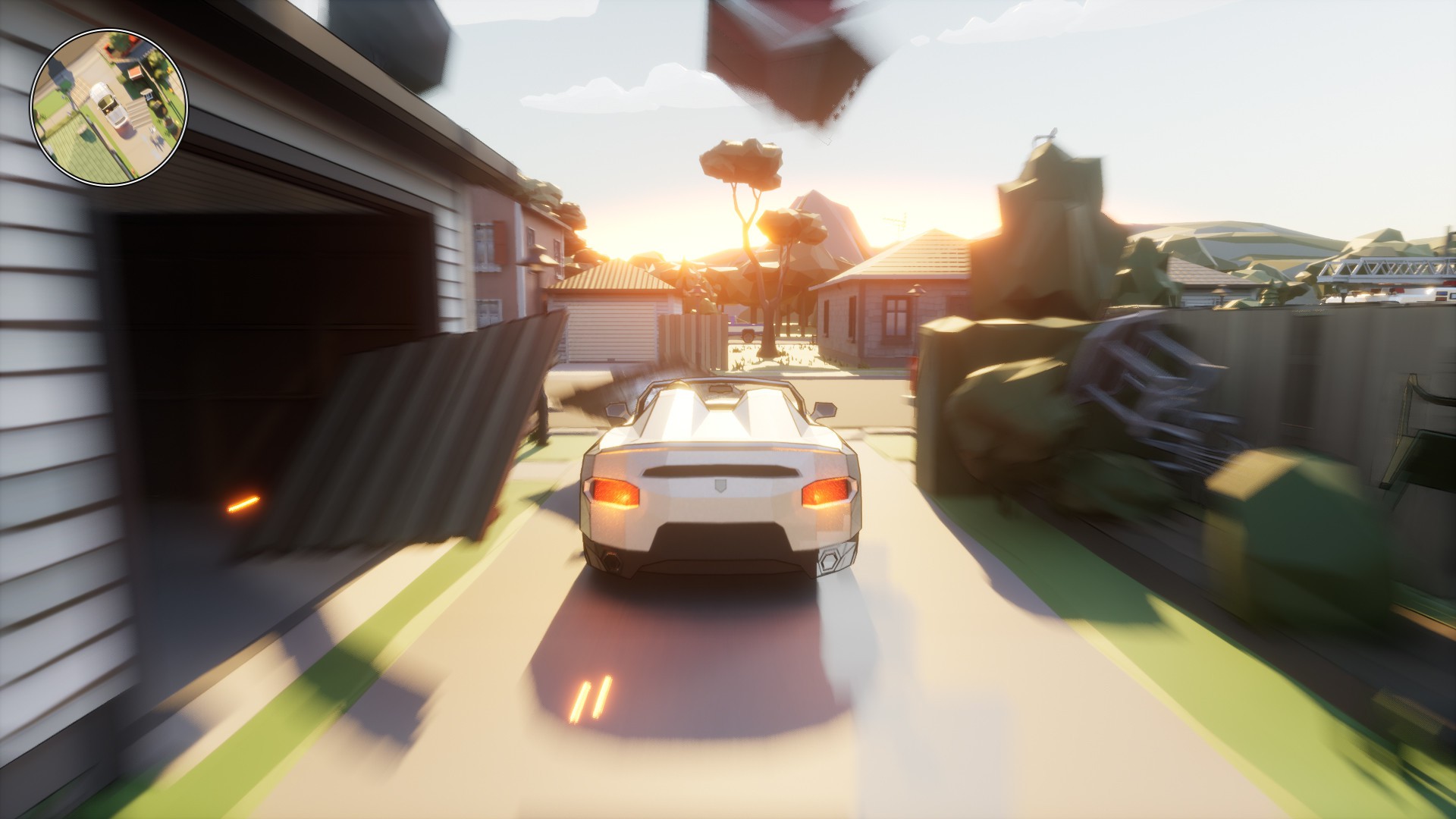
Pastor Pacheco, who has been featured in many publications including the New York Times, has dedicated his life to bringing a sustainable peace to the neighborhoods that suffer under the corrupt government and extortion by pandillas, or gangs.įor years prior to Pacheco's mission, Honduras had lead the world in homicides, topping even the rates of all countries (with the exception of Syria) embroiled in war. Last week Pastor Daniel Pacheco presented to Upper School Spanish classes, entirely in español, a summary of his work rehabilitating gangs and drug traffickers in Honduras. Michael Van Citters '18, who had dinner with Pacheco the night before his visit, shares his reflections of the day: Her work has been featured on PBS, Discovery En Español, Al Jazeera, and Channel 4 (UK), a well as on Dutch television KRO and includes an Emmy-winning documentary and two Emmy-nominated films. Loretta van der Horst, a filmmaker from the Netherlands who has been working on a film about Pacheco's work, documented his visit with Poly students to show how he is spreading the word to American students about his work. Van der Horst has been making reports and films on issues of conflict and human rights for the past six years. Last week, Pacheco came to Poly to speak with a number of Upper School classes and student groups. She subsequently offered to bring him to Poly to share his story. State Department to grant his family and him a temporary visit to the United States. Her article in the New York Times brings to life his important work in Rivera Hernández. Pacheco became a target because of his support for anti-gang programs and human rights Nazario helped convince the U.S. "He turned a house taken over by gangs - Casa Loca, where people were raped, tortured, and murdered - into a Casa de la Esperanza, a house of hope to teach children values, to give them a place to play, give them an alternative to the gang life," Nazario explains on a GoFundMe page she created to support Pacheco's efforts.
POLY GANGS SERIES
This past September, American journalist Sonia Nazario visited Poly to share the story of her Pulitzer Prize-winning newspaper series and book, "Enrique's Journey," in what was the 100th event hosted by Poly's Global Initatives Program. While on a reporting trip to Honduras, Nazario met evangelical Pastor Daniel Pacheco, who has risked his life in one of the most dangerous neighborhoods in the world to reduce gang violence. These findings suggest that PPC/ g-TTCP scaffolds can support cartilage development and are excellent candidate scaffolds for cartilage defect repair.With reflection by Michael Van Citters '18 After subcutaneous transplantation into nude mice, a typical cartilage cell morphology was observed on the scaffolds. Fourteen days later, chondrocyte-like cells had developed on the PPC/ g-TTCP scaffolds, as evidenced by the accumulation of glycosaminoglycan and type II collagen.

Subsequently, chondrogenic differentiation was induced in these cells in vitro and in vivo. Due to the importance of biocompatibility, rat bone marrow-derived stem cells were cultured on the scaffolds, and the cell proliferation was investigated using 3-2,5-diphenyltetrazolium bromide assays. The characteristics of the fabricated scaffolds were investigated using scanning electron microscopy, differential scanning calorimetry, thermogravimetric analyses, Fourier transform infrared spectroscopy, X-ray diffraction analyses, water contact angle measurements and tensile tests. In this study, fibrous poly(propylene carbonate)/poly( L-lactic acid)-grafted tetracalcium phosphate (PPC/ g-TTCP) scaffolds were prepared using an electrospinning method. Regenerative therapies that utilize stem cell differentiation in three-dimensional porous scaffolds have attracted significant interest in recent years.


 0 kommentar(er)
0 kommentar(er)
